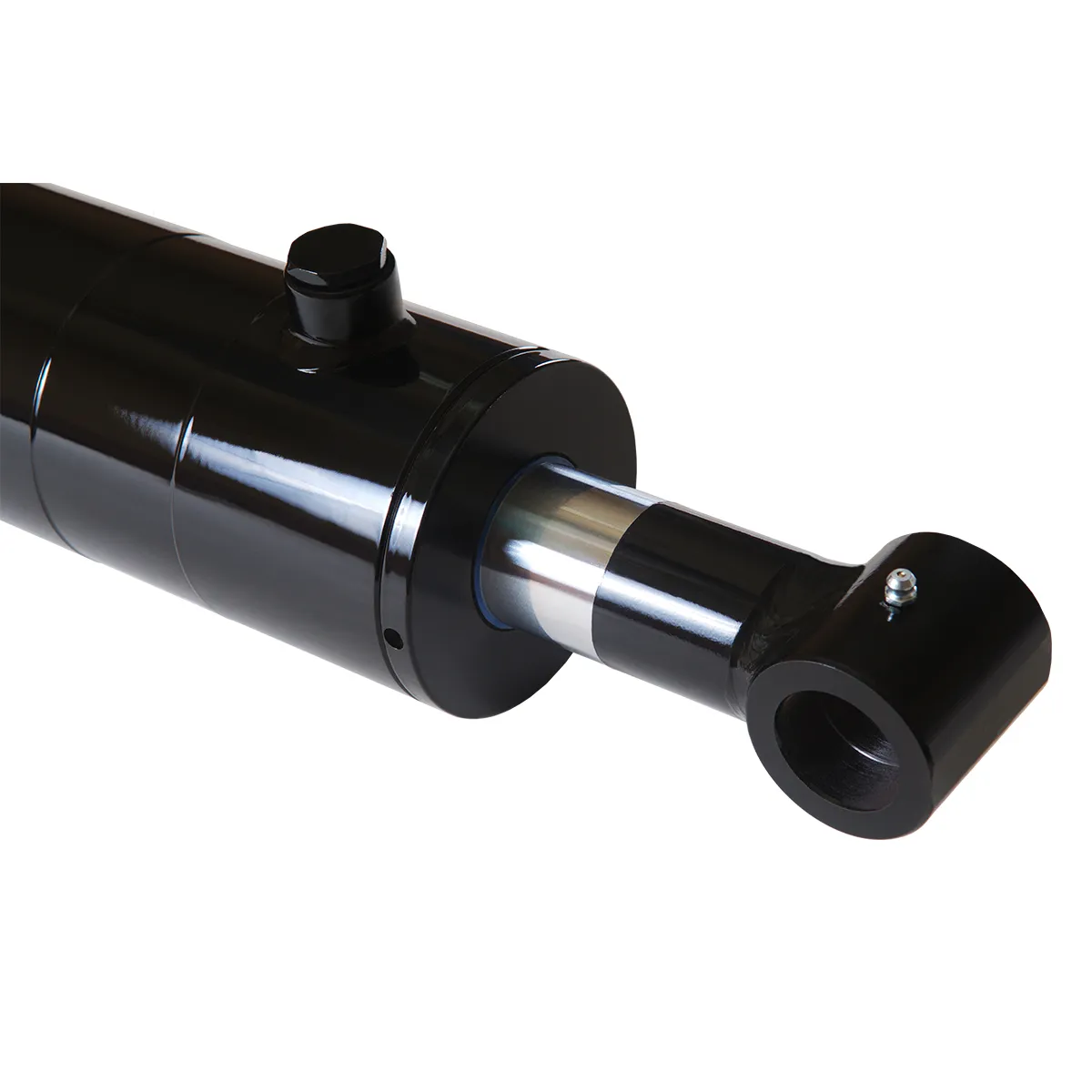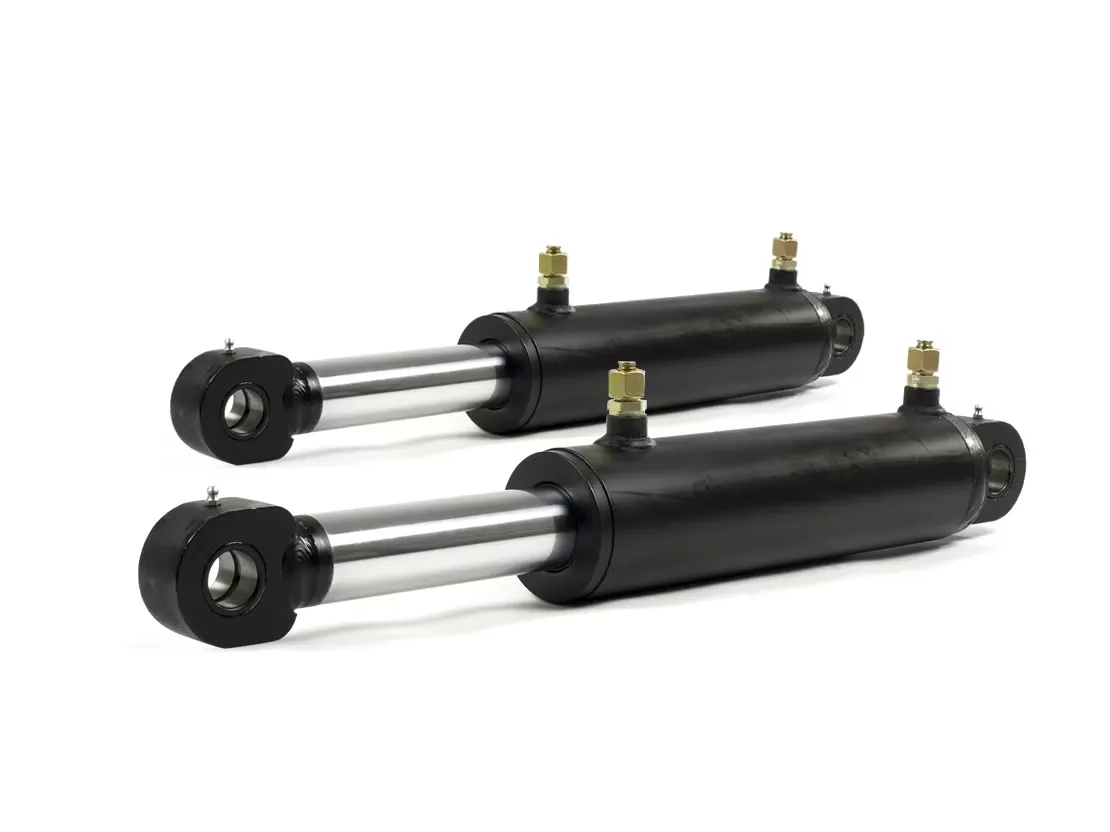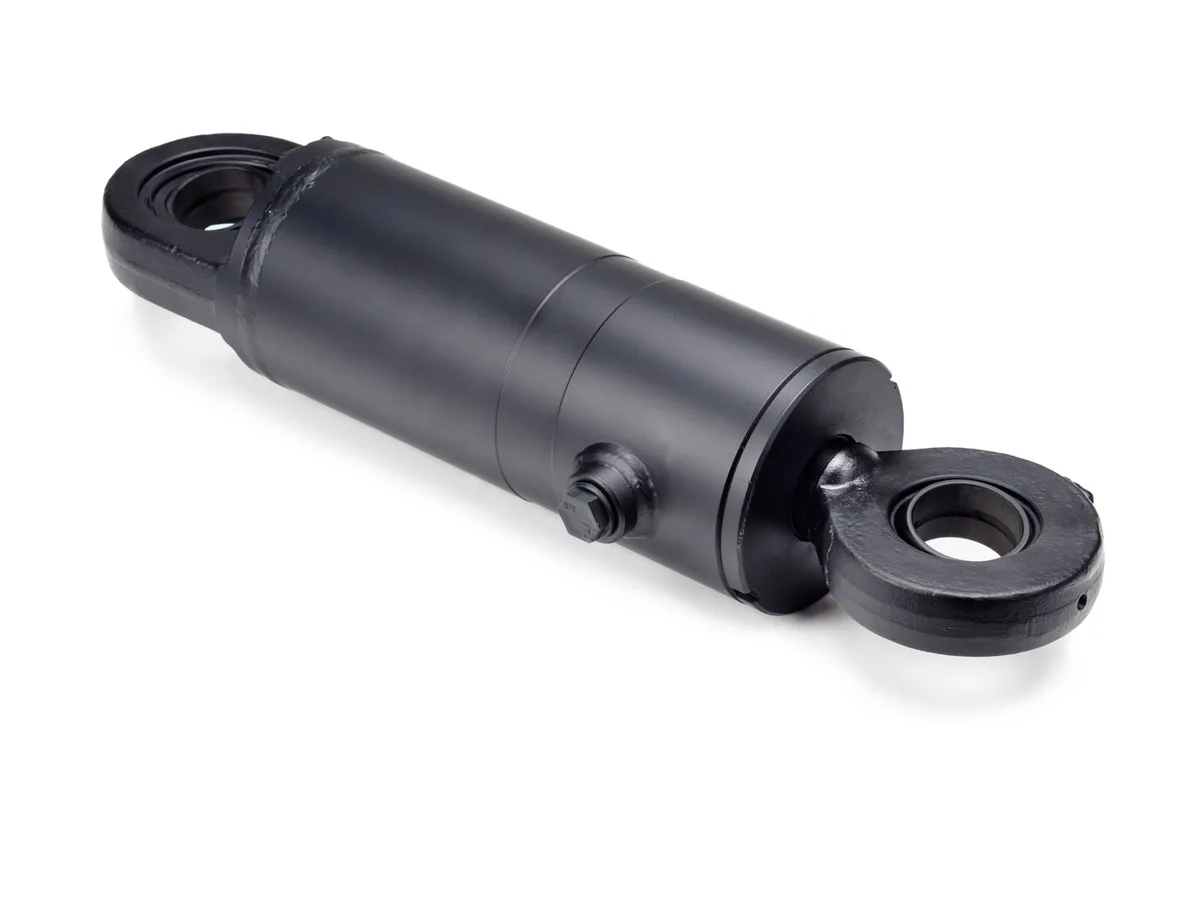The Role Of Telescopic Single-Acting Hydraulic Cylinders In Sustainable Construction Practices
Introduction
Telescopic single-acting hydraulic cylinders play a crucial role in sustainable construction practices due to their efficiency and versatility in various applications. In this article, we will delve into the design, working principle, advantages, applications, maintenance, and safety considerations of these innovative hydraulic components.
Design and Construction Characteristics
Telescopic single-acting hydraulic cylinders consist of several main components that contribute to their functionality:
- Outer Cylinder: Houses the internal stages of the cylinder.
- Internal Stages: Allow gradual expansion, typically designed in two or three stages.
- Piston: Pushes the hydraulic fluid.
- Seals: Prevent leaks and maintain pressure, including O-rings and wiper seals.
- Materials: High-strength steel for durability, aluminum for lightweight applications, and corrosion-resistant coatings.
Working Principle
Telescopic single-acting hydraulic cylinders extend from a compact form when hydraulic pressure is applied and contract with the help of a spring or gravity. This action allows for efficient movement and force generation.
Types and Configurations
There are three main types of telescopic single-acting hydraulic cylinders, each suited for specific applications:
- Type 1: Designed for heavy lifting applications.
- Type 2: Ideal for compact machinery where space is limited.
- Type 3: Used in marine environments due to corrosion resistance.

Advantages
Telescopic single-acting hydraulic cylinders offer various advantages, including:
- Space Efficiency: They expand significantly while remaining compact.
- High Force Output: Capable of generating large amounts of force.
- Versatility: Suitable for diverse industries such as construction and agriculture.
Application Scenarios
These cylinders are commonly used in applications where space, force, and versatility are essential:
- Space Efficiency: Ideal for dump trucks and other height-restricted environments.
- High Force Output: Crucial for lifting heavy loads efficiently.
- Versatility: Adaptability across various industries and environments.
Design Considerations and Selection Criteria
When selecting telescopic single-acting hydraulic cylinders, it’s important to consider factors such as:

- Bearing Capacity
- Sealing
- Durability
- Safety
- Maintainability
Sealing and Lubrication
Proper sealing and lubrication are essential for the longevity of telescopic single-acting hydraulic cylinders. Utilizing high-quality seals and regular lubrication maintenance can prevent leaks and ensure smooth operation.
Regular Inspection and Maintenance
Regular inspection and preventive maintenance measures are crucial to prolonging the lifespan of telescopic single-acting hydraulic cylinders. By adhering to a maintenance schedule, potential issues can be identified and addressed promptly.
Installation Guide

Proper installation of telescopic single-acting hydraulic cylinders is vital to ensure optimal performance. Follow these guidelines to install the cylinders correctly and securely.
Maintenance Tasks
Key maintenance tasks for telescopic single-acting hydraulic cylinders include regular inspection, lubrication, seal replacement, and calibration inspection. By performing these tasks diligently, the efficiency and longevity of the cylinders can be maintained.

Safety Considerations
Adhering to safety measures when using telescopic single-acting hydraulic cylinders is paramount to prevent accidents and ensure the well-being of operators and equipment.
Unit Power
The unit power of telescopic single-acting hydraulic cylinders is influenced by factors like cylinder diameter, operating pressure, piston speed, and load conditions. Understanding these factors is crucial in optimizing power output and efficiency.
Optimizing Power Unit
Optimizing the power unit of telescopic single-acting hydraulic cylinders can lead to improved efficiency, energy savings, and enhanced reliability. By managing power effectively, equipment performance can be optimized.
FAQ
1. How does a telescopic single-acting cylinder differ from a standard hydraulic cylinder?
A telescopic single-acting cylinder extends gradually to achieve varying lengths, unlike standard cylinders that have fixed lengths.
2. What are the primary components of a telescopic single-acting hydraulic cylinder?
The main components include the outer cylinder, internal stages, piston, seals, and materials for construction.
3. In which applications are telescopic single-acting cylinders commonly used?
These cylinders are commonly used in construction, agriculture, transportation, and marine industries due to their versatility and efficiency.
Long-Tail Keywords
1. Telescopic single-acting hydraulic cylinder for compact machinery.
2. Sustainable construction practices with telescopic single-acting cylinders.
3. Enhancing efficiency and reliability with telescopic single-acting cylinders.
Company Focus
Our company specializes in hydraulic cylinder replacement manufacturing and distribution, offering a wide range of products for domestic and international markets. With a focus on professionalism, international certifications, customized services, and exceptional after-sales support, we strive to be a leading provider in the industry.
